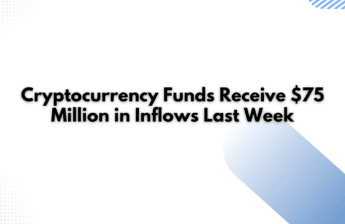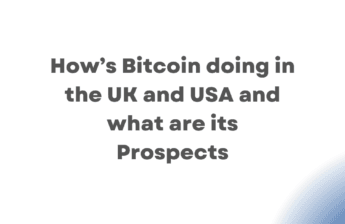The year 2021 will go down in history as one of the most tumultuous in the history of cryptocurrency. Bitcoin has gone from being illegal money in El Salvador to being accepted as lawful tender throughout the nation by China’s government.
From a Buenos Aires hacker home to the growth of DeFi and low-cost commerce in Southeast Asia, Rest of World has been documenting the global effect of cryptocurrency over this past year. This ethereum trading website is one of the most reputable Bitcoin investment platform on the internet.
Coinbase and Square, two of the most popular cryptocurrency exchanges, enable users to buy and transfer virtual currency as presents, making it a feasible option for virtual stocking stuffers. Keeping this in mind, we’ve put together a list of some of the most outlandish and risky initiatives we’ve seen while covering the industry. We don’t suggest buying them, but if their value soars by a factor of a million in the following three months, please accept our apologies.
2021 Crypto Projects
- Squid
The “rug pull” fraud involves developers creating a new cryptocurrency token based on an existing one, such as Ether or Binance Coin, and then selling it on an unregulated market. Instructional: The tale of the squid coin is educational. Then, on well-known channels like Telegram and Discord, they spread the word about the token and encourage others to acquire it, with the hope that its value would rise.
All of the pooled cash used to buy the tokens will be gone as soon as users start exchanging their crypto for them. So the token now has no value. Because it was inspired on the famous Korean Netflix drama about a dystopian reality show that pitted participants against one another in a deadly competition supervised by corporate authorities, the Squid coin was an immediate success.
- Omicron
Squid-like hype cycles may not be necessary for cryptocurrencies. They often stay in the shadows, hoping for the best. They’re not alone. A new strain of Covid-19 with the same Greek name was published by researchers in South Africa barely a few weeks after the release of Omicron.
Since Omicron and other nickname coins are only available on SushiSwap, there is no other place to buy them. Previously, it was being sold for about $65, before the WHO announcement. This new worldwide health issue caused an increase in the value of Omicron coins by 900 percent in late November.
Using the Covid-19 variant as an example, we discovered that the value of crypto currencies may be as random and unpredictably fluctuating as the next.
- Floki Inu
It was Elon Musk’s “Dogefather” tweet that made him the “father of Dogecoin,” and he referred to himself as such in the tweet. Because it was founded and promoted as a parody, Dogecoin has grown to be the most valuable meme currency in the world. Because of their high volatility and lack of technical functionality, they’ve been dubbed “shitcoins” (and wealthy).
In light of Tesla CEO Elon Musk’s influence, the viral success of Dogecoin seems unsurprising. His sponsorship of the Floki Inu money for 2021 couldn’t have been more ironic. Elon Musk’s favorite canine friend was named after him by the team. A spike in interest in him will occur as soon as he tweets about his new pet.
During the month of September, the Floki coin’s value increased 400% when Musk shared a photo of his new dog. The “Floki Vikings” have a passionate fanbase, and it also has its own NFT gaming Metaverse and “Floki Inuversity,” a crypto education platform.
- Worldcoin
You may keep the greatest for last if none of the others fulfil your need for a “harebrained thought inspired by an 80s awful sci-fi movie.” According to Y Combinator grad Sam Altman, a universal basic income would make the international economy “more logical and egalitarian.” This is his vision. Well-known investors like Andreessen Horowitz have pledged a whopping $25 million to the fund.
In order to provide a share to everyone on Earth, the firm would likely have to travel the planet with a basketball-sized ball and photograph everyone’s eyes. June saw the shipment of a number of prototypes to sites in South America and Asia (including China), Africa and Europe.







